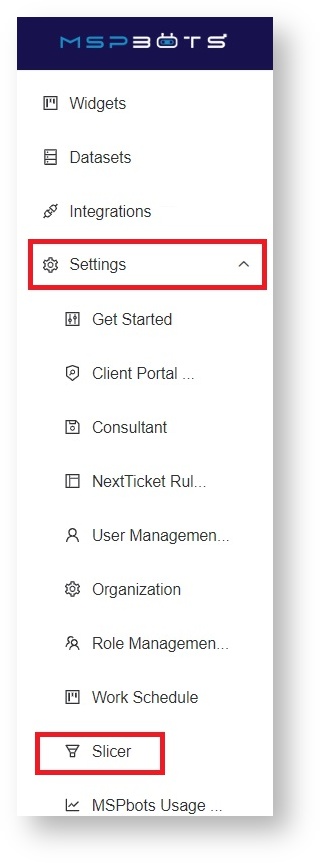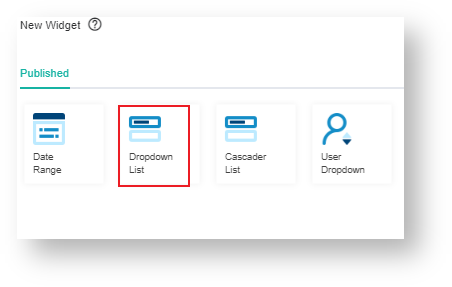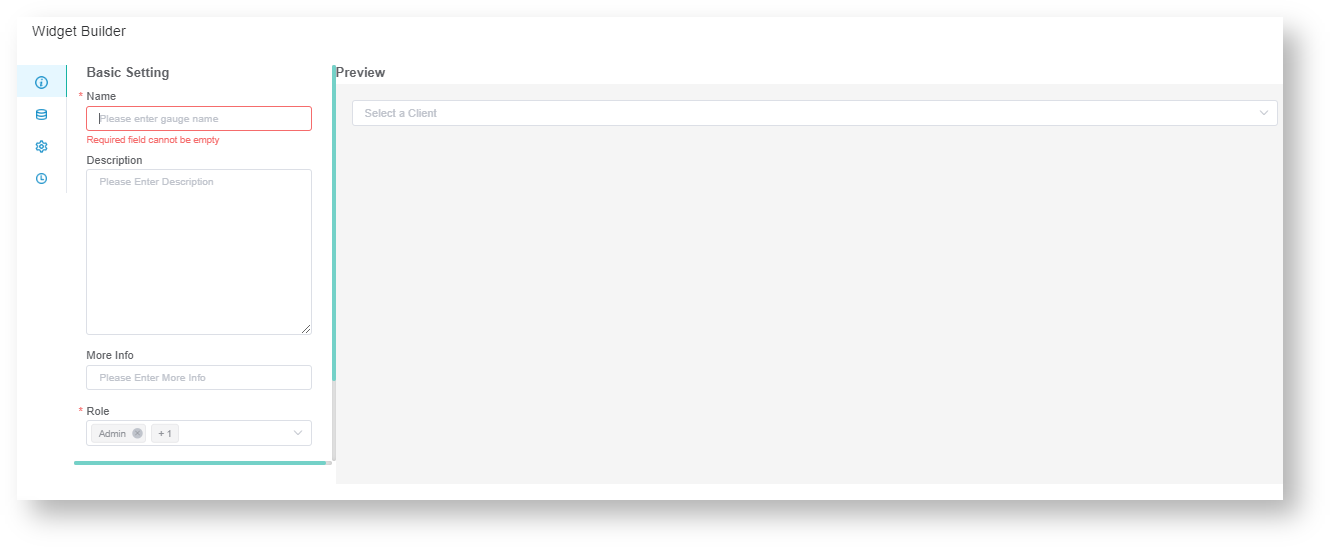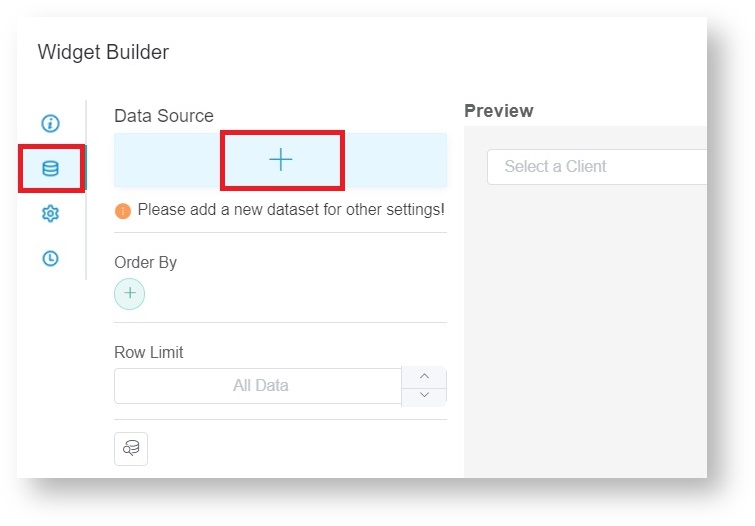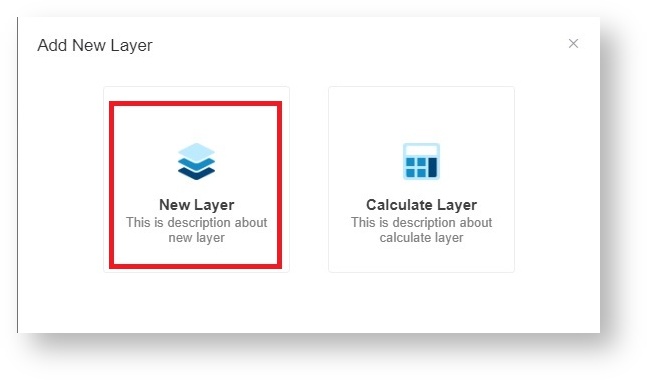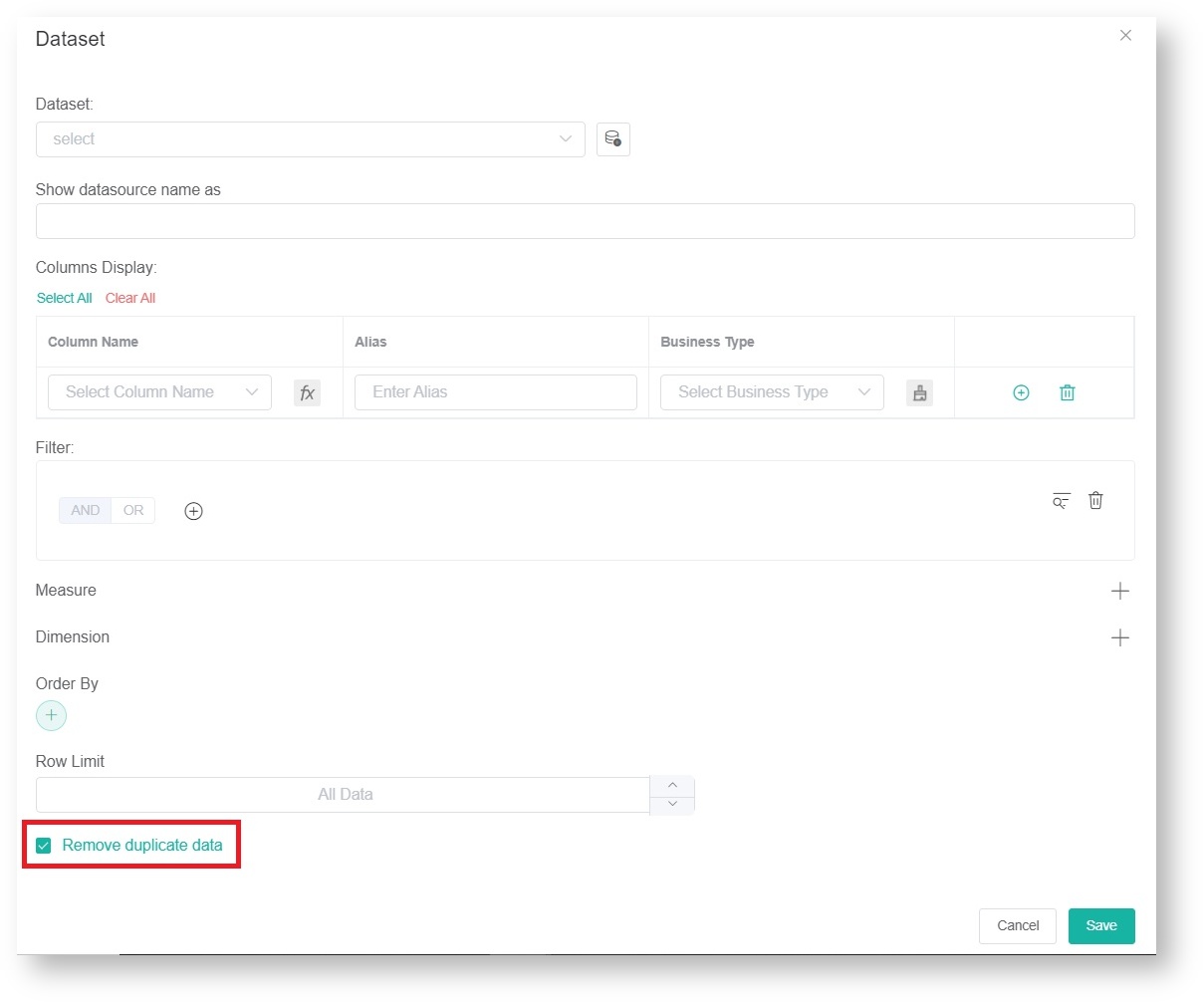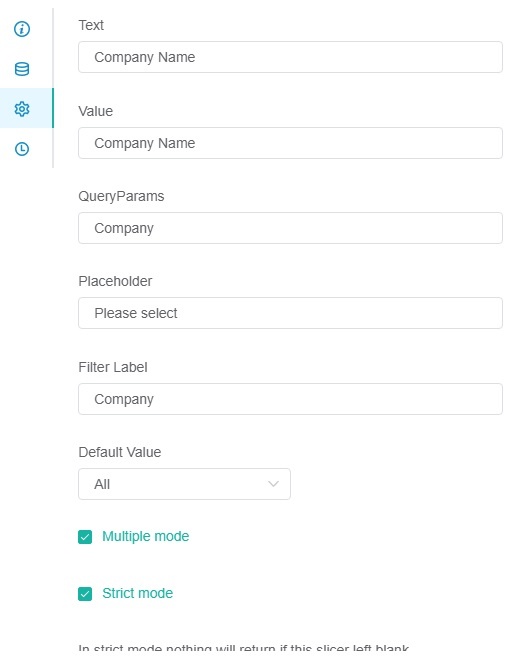 N O T I C E
N O T I C E 
MSPbots WIKI is moving to a new home at support.mspbots.ai![]() to give you the best experience in browsing our Knowledge Base resources and addressing your concerns. Click here
to give you the best experience in browsing our Knowledge Base resources and addressing your concerns. Click here![]() for more info!
for more info!
Page History
Slicers give users control over large datasets by applying filters that show or hide data. When a slicer on the MSPbots widgets is selected, filters are applied and users view only the data that is useful for their task or goal. This article shows the procedure for creating slicers that will allow clients to easily refine data for themselves.
Watch this video or follow the procedure below to create a slicer in widgets.
| Widget Connector | ||
|---|---|---|
|
What‘s on this page
Table of Contents
Required Permissions
...
Before you start, make sure that you are logged in to MSPbots with administrator permissions. Only an admin can create a new slicer.
Follow these steps when creating slicers
...
- On the MSPbots menu, navigate to Settings.
2. On the Settings drop down menu, select the Slicer tab.
...
4. Choose the Dropdown List slicer type on the New Slicer window.
...
- On the MSPbots app's menu, go to Settings> Slicer.
- Click the New Slicer button on the Slicer tab. This step opens the New Widget window.
- Next, select the type of slicer that you require. For this example, we are selecting the Dropdown List slicer type. This action opens the Widget Builder window. If you want to create other types of slicer, please refer to the Slicer Config Fields Definition to configure the Config fields.
- When the Widget Builder window opens, provide the following:
- Name - Give the
...
- slicer a
...
- name.
- Description - Provide a short
...
6. Check the dataset of the widget you wish to create the slicer and select accordingly.
...
- description.
- Role - Select
...
- the role/s that should have access to the slicer. Admin should be added by default.
- the role/s that should have access to the slicer. Admin should be added by default.
- Next, go to
...
- Data Source and click the + button to add a slicer.
...
...
- Select New Layer on the window that appears. This step opens the Dataset window.
...
- Do the following on the Dataset window:
- Select a Dataset to use. The dataset should be in line with the dataset
...
- of the widget/s that will be linked to the slicer.
- Add columns by selecting an option from the Column Name dropdown list and assigning an Alias and Business Type for each. Click the + icon to add more rows.
...
- Add
...
8. Make sure to click the Remove Duplicate Data.
9. Click the Save button.
10. Click Apply. This will show a preview of the target card that you created.
- values for the Filter, Measure, and/or Dimension, as well as for Order By, as needed.
Important: Make sure to tick the checkbox for Remove Duplicate Data. Users most commonly need to add values for Filter and Order By only.
- values for the Filter, Measure, and/or Dimension, as well as for Order By, as needed.
- Click the Save button.
- Next, go to Config
...
- and provide data for the following fields:
- Text -
...
- Input the Alias from a field selected in the Data Source. The values of the Text will be visible in the slicer options.
- Value: Input the Alias from the field selected in the Data Source. This value will be used to lookup and filter connected widgets.
Tip Text and Value usually refer to the same data field. However, there are optional cases where you need to use different values for each field.
For example, in a widget, only the employee ID is available as a data field. You can create a slicer where Text = Employee Name and Value = Employee ID. This way, you can use the slicer to filter the widget while easily understanding the options that appear in the slicer.
- QueryParams - The field used to connect the slicer to the widget. Any text or value can be input here.
Tip Using "Company" as the value in the QueryParams field also has an additional function of sharing company-filtered data in the Schedule Report of Dashboards.
- Placeholder - Input the text to show on the slicer field before a value is chosen. Example: Please select.
- Filter Label - Input the slicer's label. Example: Company.
- Default Value - Select ALL or Only First.
- Selecting ALL sets the default slicer value to all the available values thus, the widget/s linked to this will show all the data for the value.
- On the other hand, selecting Only First sets the default slicer value to the first available value for the slicer.
- Multiple Mode - A checkmark on this checkbox allows the user to select multiple values in the slicer.
- Strict mode:
- If strict mode is enabled, nothing will be displayed if the slicer options are cleared.
- If strict mode is not enabled, all data will be displayed if the slicer options are cleared.
By default, this option is not selected.
- Click
- Apply. This will show a preview of the slicer that you
...
- have created.
Related Topics
...
| Content by Label | ||||||||
|---|---|---|---|---|---|---|---|---|
|


